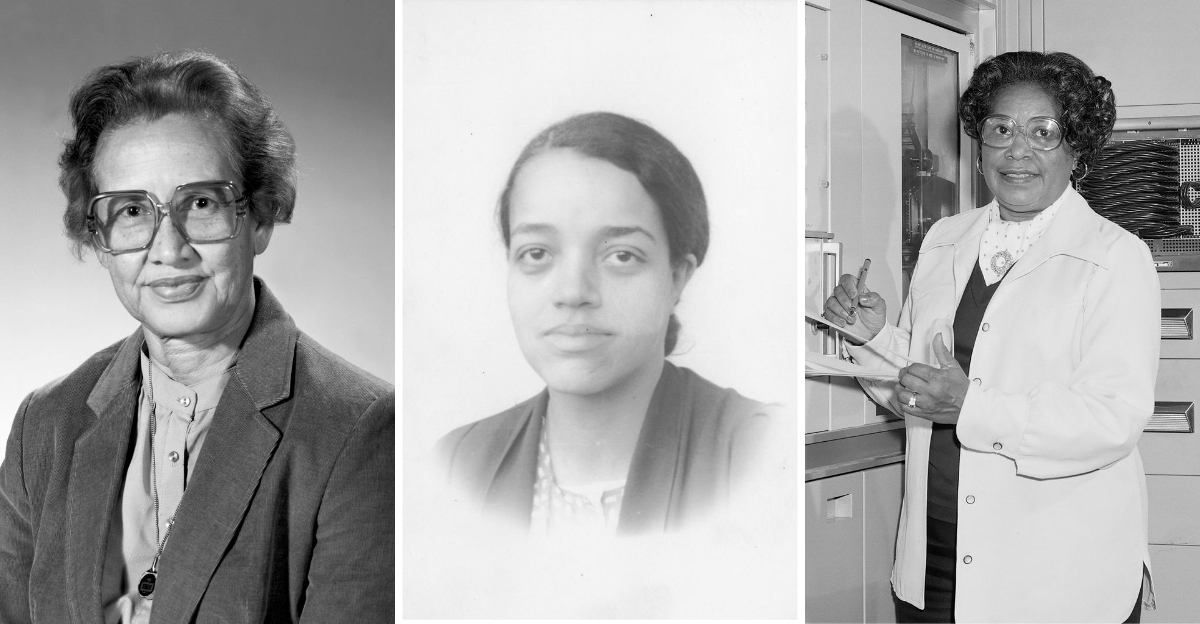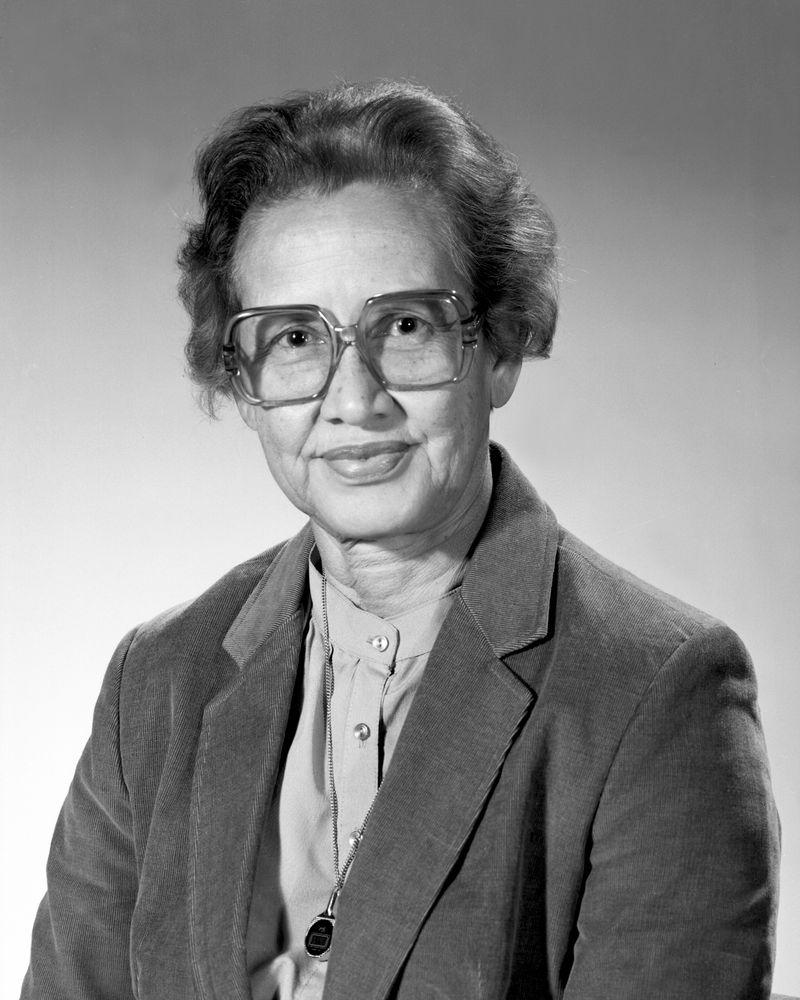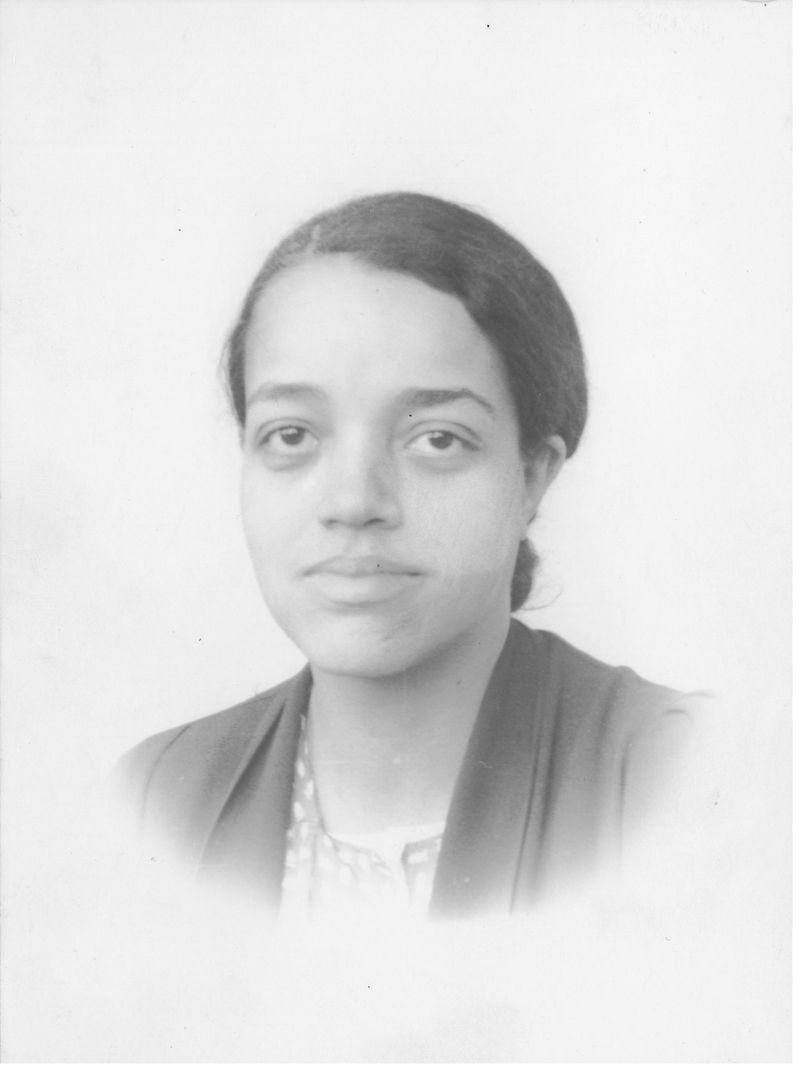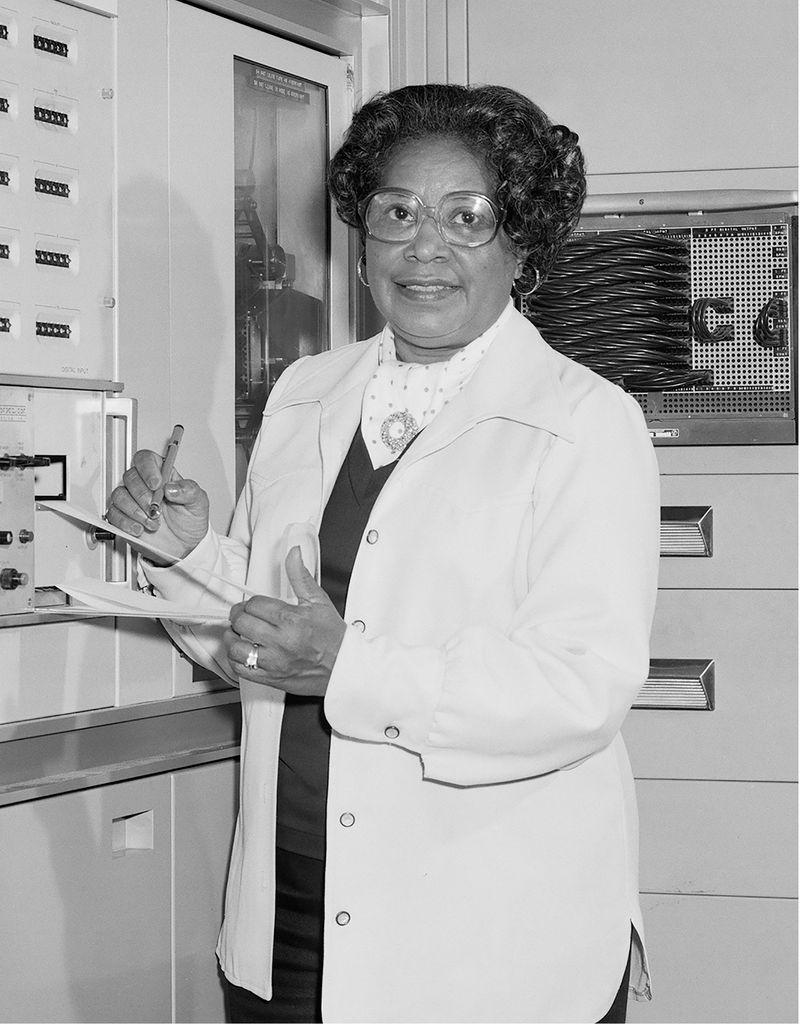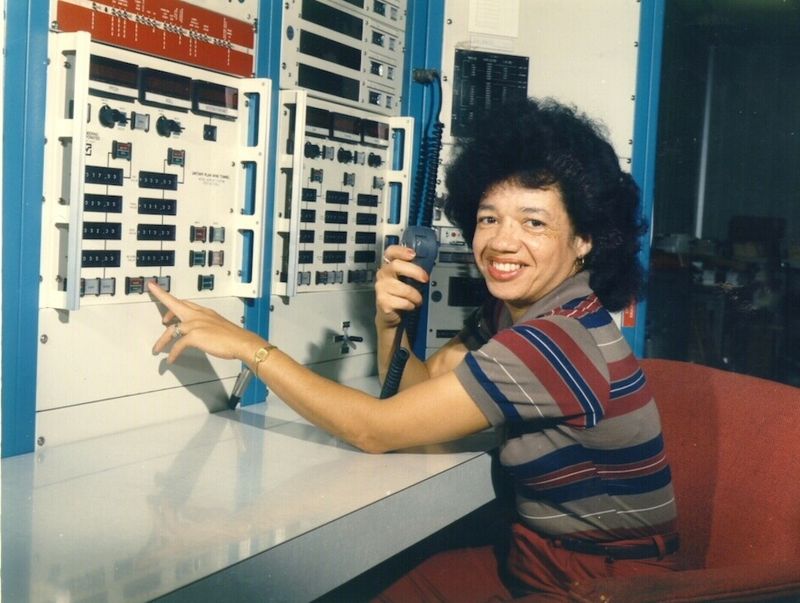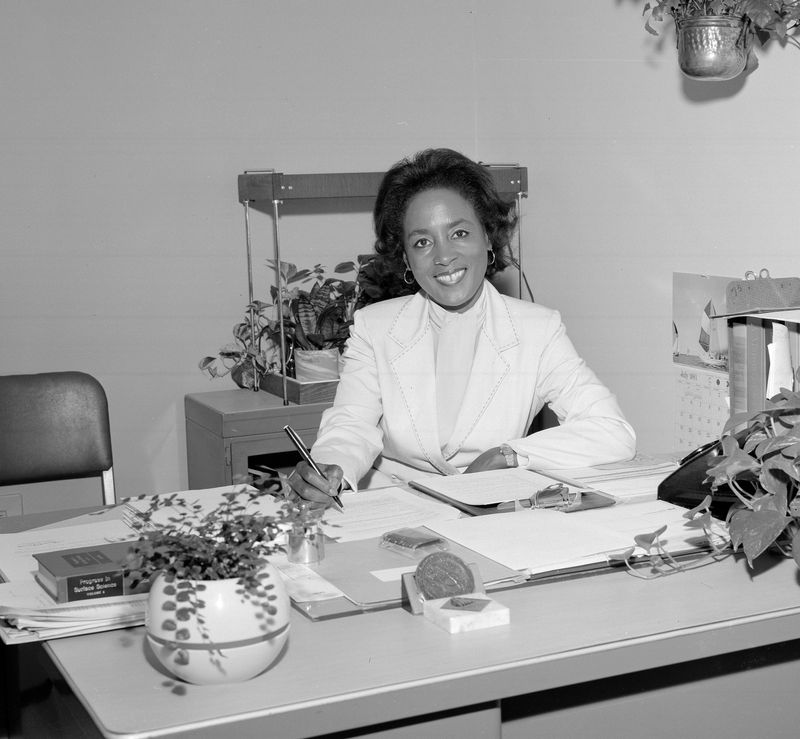When we think of the space race, names like Neil Armstrong, Buzz Aldrin, and John Glenn often come to mind. But behind the scenes, a group of brilliant Black women were making history in ways that remained largely unrecognized for decades.
These women—mathematicians, engineers, and human “computers”—played an essential role in America’s journey to space, breaking racial and gender barriers along the way.
This article shines a light on the remarkable contributions of Katherine Johnson, Dorothy Vaughan, Mary Jackson, and other Black women whose mathematical genius and perseverance helped NASA achieve some of its greatest milestones.
The Space Race and the Hidden Figures
During the Cold War, the United States and the Soviet Union were locked in an intense rivalry for technological and space supremacy.
After the Soviets launched Sputnik 1 in 1957, the U.S. government poured funding into NASA, determined to send astronauts into space and, eventually, to the moon.
But while astronauts took the spotlight, the incredible calculations required for rocket trajectories, launch windows, and re-entry paths were performed by a group of human computers—many of whom were Black women.
Katherine Johnson: The Mathematical Genius Who Calculated Spaceflight
One of the most famous figures from this era is Katherine Johnson, a mathematician whose calculations were critical to NASA’s success.
Born in 1918 in West Virginia, Johnson’s extraordinary talent for math led her to graduate college at just 18.
She joined NASA’s predecessor, the National Advisory Committee for Aeronautics (NACA), in 1953 as a “computer.”
Johnson’s calculations for John Glenn’s orbital mission in 1962 were so crucial that Glenn himself refused to fly until she had verified them.
She also worked on Apollo 11, ensuring that the trajectory for the moon landing was accurate.
Her contributions earned her the Presidential Medal of Freedom in 2015, though for much of her life, her work was overshadowed by the male-dominated field of aerospace engineering.
Dorothy Vaughan: The Computing Trailblazer
Another pioneer was Dorothy Vaughan, a mathematician and the first Black woman to become a supervisor at NASA.
Vaughan joined NACA in 1943 and was assigned to the segregated West Area Computing unit.
She quickly became a leader, and in 1949, she was promoted to head of the West Area Computing group, making her NASA’s first Black supervisor.
When NASA introduced electronic computers, Vaughan mastered Fortran, a programming language, and led her team in adapting to the new technology.
Her work laid the foundation for NASA’s modern computing capabilities.
Mary Jackson: NASA’s First Black Female Engineer
Mary Jackson was another groundbreaking figure who broke both racial and gender barriers.
A mathematician and aerospace engineer, Jackson joined NASA in 1951.
She worked under Kazimierz Czarnecki, an aeronautical engineer, who encouraged her to take advanced courses in mathematics and physics.
The problem? The courses were at an all-white school. Jackson petitioned the courts to attend and won, making history in the process.
In 1958, she became NASA’s first Black female engineer, specializing in supersonic wind tunnel experiments that helped improve spacecraft designs.
Later in her career, she shifted her focus to advocating for women and minorities in engineering, working tirelessly to break down barriers for the next generation.
Other Black Women Who Contributed to NASA
While Katherine Johnson, Dorothy Vaughan, and Mary Jackson became more widely known due to the 2016 book Hidden Figures and its film adaptation, many other Black women played critical roles at NASA
Christine Darden, an aerospace engineer, worked on supersonic flight and sonic boom minimization, making crucial contributions to aerodynamics.
Annie Easley, a computer scientist and mathematician, worked on software for spaceflight and was instrumental in the development of the Centaur rocket stage, which paved the way for space exploration.
Miriam Mann worked as a human computer in the 1940s and was one of the first to challenge segregation at NASA by removing the “colored” sign from the lunch tables.
Challenges They Faced
The contributions of these women were made despite systemic racism and sexism.
They were forced to work in segregated offices.
They had to use separate bathrooms and cafeterias.
They were often overlooked for promotions and opportunities, despite their brilliance.
Their names were rarely credited in NASA’s public records at the time.
Despite these obstacles, they persevered, proving that talent and determination could break through even the toughest barriers.
The Legacy of Black Women in NASA Today
The work of these women paved the way for future generations of Black women in STEM (science, technology, engineering, and mathematics). Today, NASA has more diversity than ever, with Black women serving as engineers, scientists, astronauts, and leaders in aerospace.
In 2021, NASA renamed its headquarters the Mary W. Jackson NASA Headquarters in honor of Mary Jackson. Katherine Johnson’s name is also immortalized in the Katherine G. Johnson Computational Research Facility.
Additionally, the continued efforts to increase diversity in STEM fields are a direct result of the barriers these women shattered.
The story of the Black women who fueled the NASA space race is one of resilience, brilliance, and perseverance. Without their contributions, America’s success in space exploration might not have been possible.
Their legacy reminds us that history is often written by those in the spotlight, but it is shaped by those working behind the scenes. Today, we celebrate these women not just for what they achieved, but for the doors they opened for generations to come.
